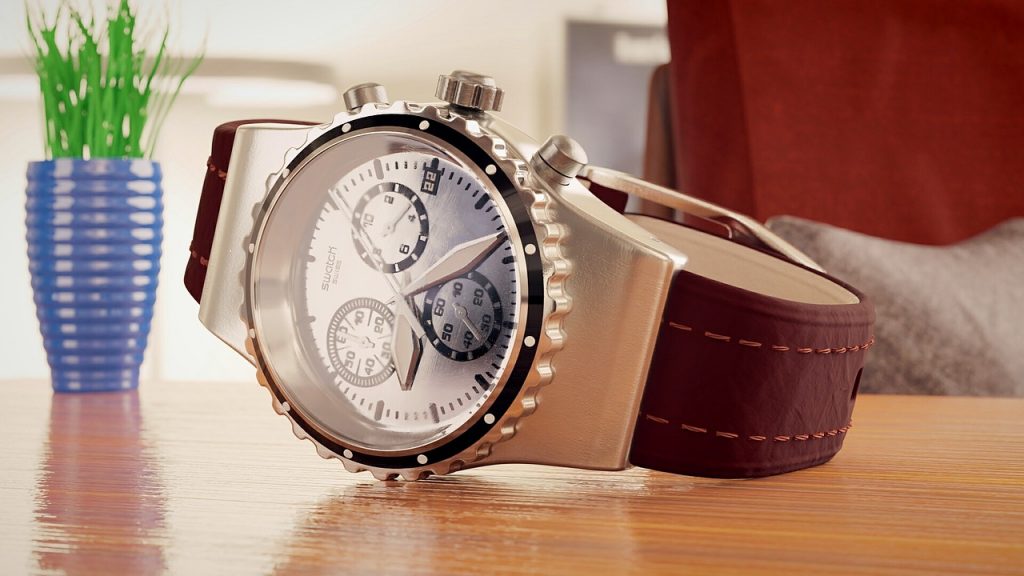Three layers of pain
If you doubt that people buy emotionally, then explain why someone spends £6,000 on a Rolex Oyster Perpetual, when they could tell the time on their mobile phone for free.
While you wrestle with that like a Sudoku that doesn’t add up, let’s look at something else.
When people have a problem, they also have pain. To stand any chance of persuading someone to do what you want them to do, you have to know which one your looking at; problem or pain.
A problem has three layers.
The problem, the consequences, and the pain
Layer one is the problem itself. This isn’t hard to find. In most cases, your prospect will tell you what the problem is:
“I’m overweight”
Layer two is the consequence of not solving the problem. This isn’t always obvious, but it’s still pretty easy to find. With minimal probing, your prospect will tell you this too:
“Because I’m overweight, my clothes don’t fit and I’m always out of breath. I’m unhealthy”
This layer is usually logical.
Then comes the pain. This is rarely easy to find. The prospect won’t volunteer it, because sometimes they don’t know themselves.
If the consequences of not solving the problem is what the prospect is telling you, then the pain is what they are telling themselves. Often, it’s what they’re telling themselves as they lie awake at 4.00am in the morning. The pain is nearly always personal and emotional.
“I’m overweight. I am embarrassed about how I look. I have no confidence; no social life and I can’t find a partner”
The pain isn’t just a negative thing. We buy things for two reasons. One of them is to get further away from pain. The other is to feel better about ourselves. To move closer to pleasure.
We might buy a bottle of Champagne to celebrate a promotion. To feel better about ourselves. The next morning, we might buy some Aspirin to relieve the pain of the headache brought on by the Champagne. “Why we buy” all neatly wrapped up in one cheesy little misleading story.
John buys a watch
Who’s figured out the watch question yet? Well as luck would have it, today’s thriller has neatly arrived back at the watch question.
The watch situation is going to illustrate the pit falls of not asking enough questions, or thinking you have understood the pain, when you’ve really only understood the problem.
Imagine John walks into a watch shop. An assistant quickly descends on him:
“Good morning sir. Can I help with anything?”
“Yes” John replied. “I’m looking for a watch”
“Of course sir. Can I ask what you will primarily use it for?”
“Well, without being funny, to tell the time”
“Of course sir. May I ask, is time keeping something that’s important to you”
“Well, yes. I suppose so.” Said John
“In that case sir, I have just the thing for you. This Swatch keeps excellent time and comes in at a very cost-effective £40”

John gazed at the assistant. He used that special look that he might use if the assistant had just crapped in his shoes. Without another word, he left the shop.
He walked a few hundred yards down the road to the only other jewellers in town.
He walked in and was quickly approached by an assistant.
“Good morning sir. Can I help with anything?”
“Yes” John replied. “I’m looking for a watch”
“Of course sir. Can I ask what you will primarily use it for?”
“Well, without being funny, to tell the time”
“Of course sir. May I ask, is time keeping something that’s important to you”
“Well, yes. I suppose so.” Said John
“I see sir. Well if time keeping is all that matters, why don’t you save yourself a fortune and use your mobile phone to tell the time”
John went quiet.
“Well” he said “I was hoping for something a little more visually appealing than my mobile phone”
“And by visually appealing, what do you mean sir?”
“Well, something that looks a bit more attractive”
“More attractive sir?”
“Yes. Using a mobile phone to tell the time is what kids do. I am looking for something that looks a bit more prestigious than that”
“Looks prestigious sir?” the assistant enquired “is how it looks something I should consider?”
“Well yes” said John “I suppose so”
“And when I’m considering looks, what look exactly am I aiming for? Successful and accomplished?”
“Yes” John conceded reluctantly.
“Does sir want the watch to be a statement?”
“Yes”
“And would that statement be, I’ve achieved something, I’m successful”
“Yes, I think it would”
“Marvellous sir. I think I understand. Would you care to follow me upstairs? I think sir would enjoy seeing our Rolex Oyster Perpetual collection”

John smiled and followed the assistant. He’d show those guys at work. Those guys in sales who looked down their noses at him. He’d show Mr Passive-Aggressive snideypants in marketing, who was the successful one round here.
The assistant’s smile was even bigger. He had worked through the problem to the pain and in doing so had turned a £40 sale into a £6,000 sale.
At the jewellers up the road, the assistant was packing away the collection of Swatches, shaking his head and muttering to himself that some customers just don’t seem to know what they want.
